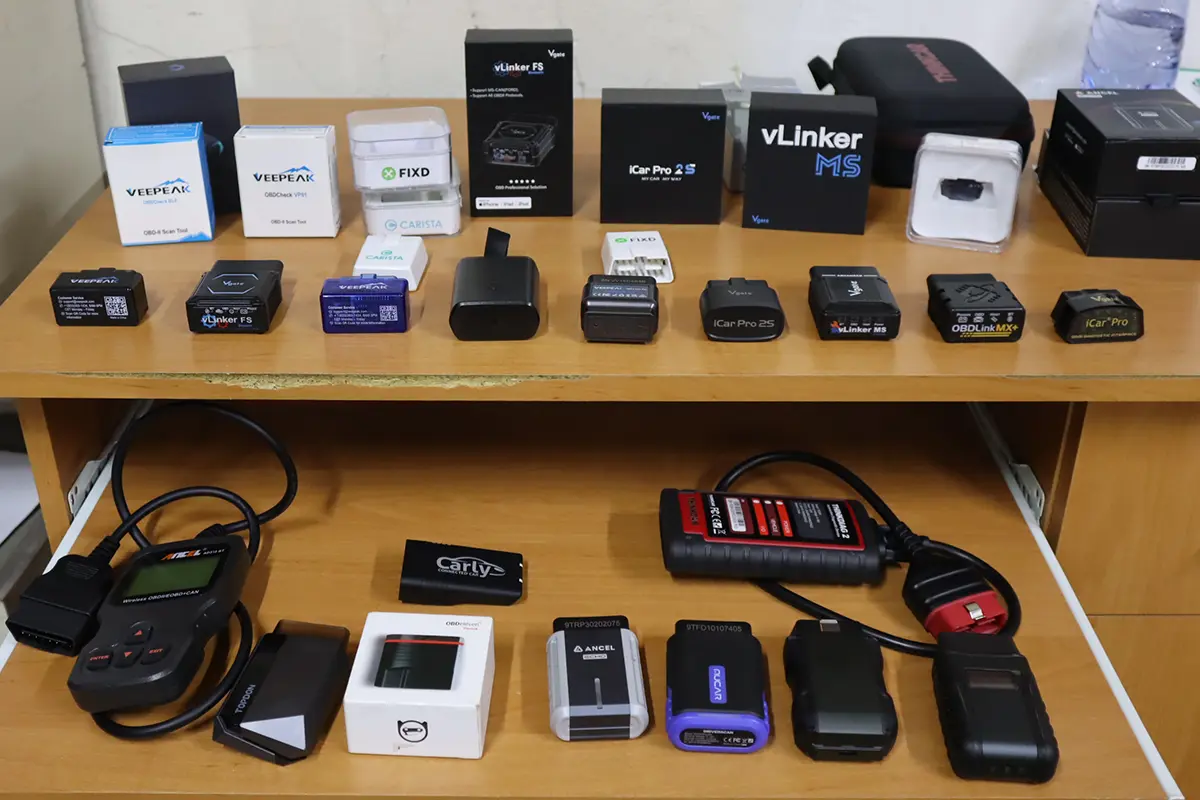The P043D: Catalyst Temperature Sensor Circuit High (Bank 2 Sensor 2) refers to an issue where the catalyst temperature sensor on Bank 2, Sensor 2 is reporting a higher-than-expected input signal. This issue is typically caused by a faulty sensor, high voltage supply, or wiring problems. When this code appears, it indicates that the temperature sensor is detecting temperatures that are out of range, potentially affecting the catalytic converter’s performance and overall vehicle emissions.
P043D – Quick Overview
| Meaning | P043D: Catalyst Temperature Sensor Circuit High (Bank 2 Sensor 2) |
| Is it serious? | Yes, this code can be serious because it affects the sensor’s ability to properly monitor the catalytic converter, potentially causing issues with emissions and engine performance. |
| Possible causes | – Faulty catalyst temperature sensor – High voltage supply – Wiring issues |
| How to diagnose? | – Test catalyst temperature sensor for high input – Verify voltage supply to the sensor – Inspect wiring for shorts or damage |
P043D Meaning
The P043D: Catalyst Temperature Sensor Circuit High (Bank 2 Sensor 2) means that the sensor responsible for monitoring the temperature of the catalytic converter on Bank 2, Sensor 2 is detecting high input. This could be caused by a faulty sensor, high voltage supply, or wiring issues. If left unresolved, this problem could lead to poor catalytic converter performance and increased emissions.
Step-by-step diagnostic guide
| Action | Description | Tools Needed |
|---|---|---|
| Check for Other Codes | Use an OBD-II scanner to check for other related codes, which might help diagnose the issue. | OBD-II Scanner |
| Inspect the Catalyst Temperature Sensor | Visually inspect the sensor for any damage, corrosion, or disconnection. Ensure it is securely attached. | Flashlight, Safety Gloves |
| Test the Catalyst Temperature Sensor | Use a multimeter to test the sensor for high input signals and compare them with the manufacturer’s specifications. | Multimeter, Manufacturer’s Specifications |
| Verify Voltage Supply | Check the voltage supply to the sensor to ensure it is within the proper range. | Multimeter |
| Inspect Wiring and Connectors | Inspect the wiring and connectors leading to the sensor for any signs of shorts, damage, or loose connections. | Flashlight, Multimeter |
| Repair or Replace Wiring/Connectors | If any wiring or connectors are damaged, repair or replace them. Ensure all connections are clean and secure. | Wire Strippers, Electrical Tape, Replacement Wires/Connectors |
| Clear the Code and Test Drive | After repairs, clear the P043D code using an OBD-II scanner and take the vehicle for a test drive to ensure the issue is resolved. | OBD-II Scanner, Vehicle Owner’s Manual |
| Recheck for Codes | Re-scan the vehicle to ensure the P043D code does not return after the test drive. | OBD-II Scanner |

OBD-II scanner Buyer’s Guide
- Scanner features explained
- Different types of scanners
- Scanners for coding/odometer/ECU/checks
- Best picks + discount codes
I test OBD-II scanners and make DIY Engine diagnostics guides to help you solve your car problems without having to depend on the mechanic. A lot of them will try to scam you or are just no help at all. About Juraj Lukacko